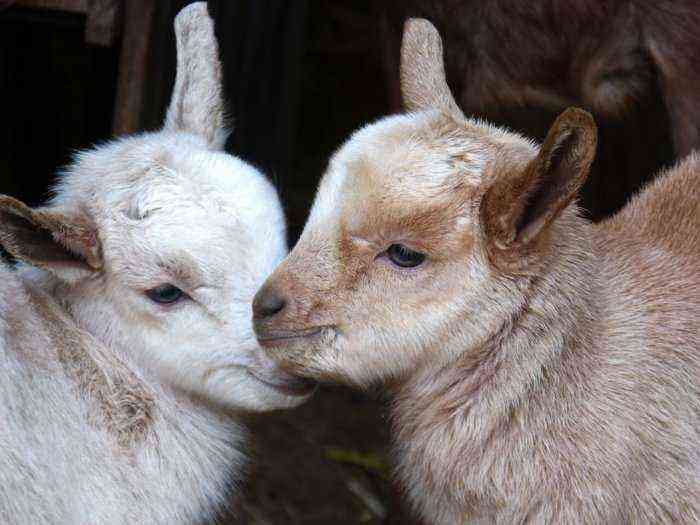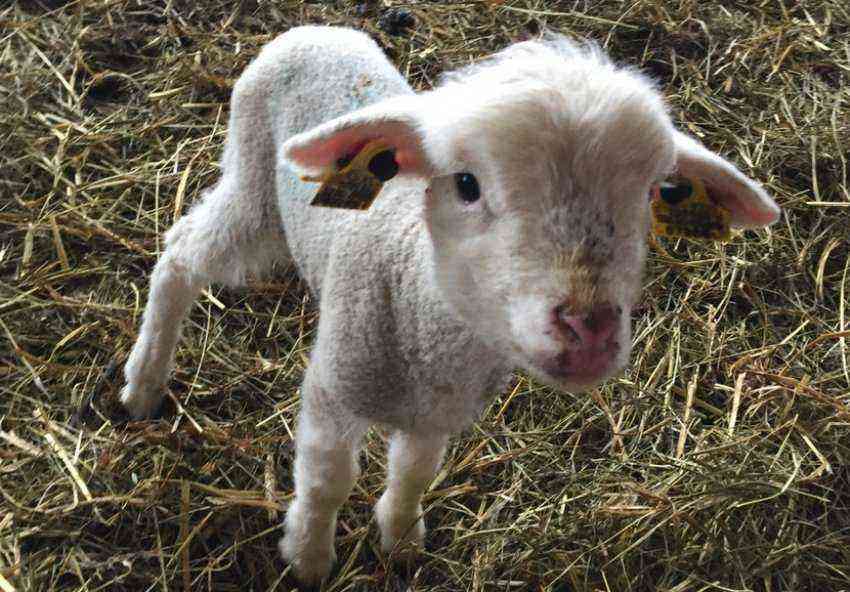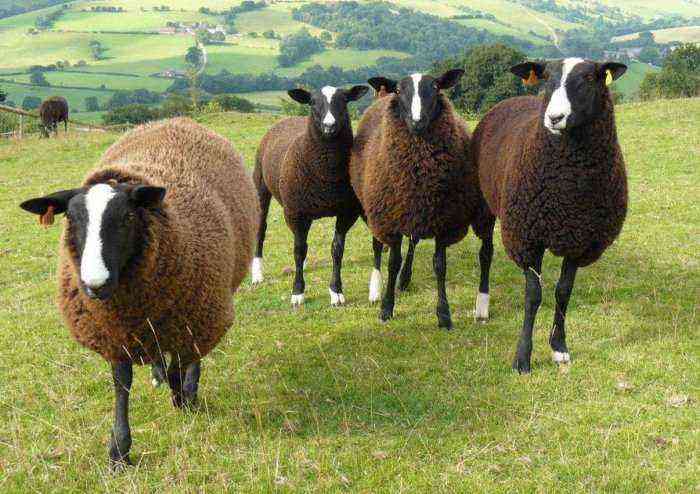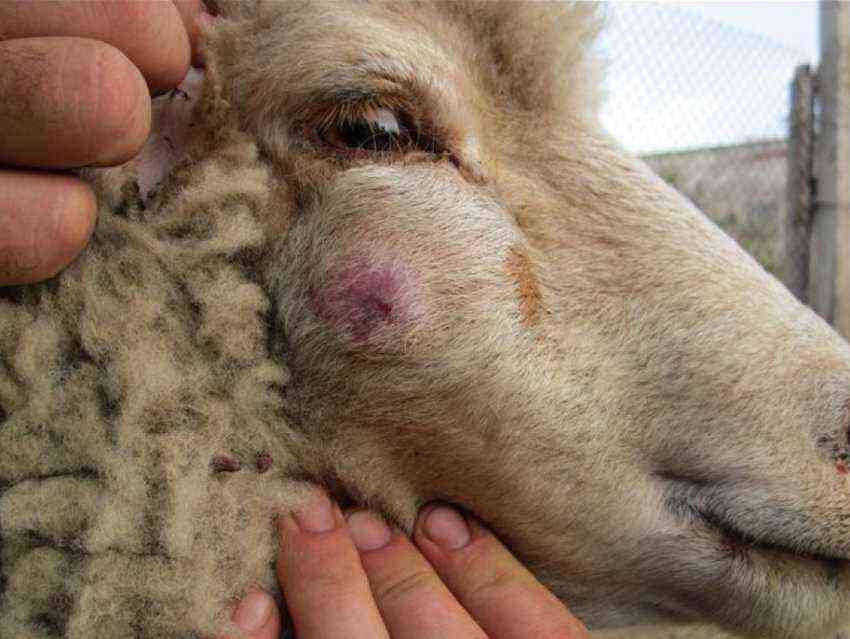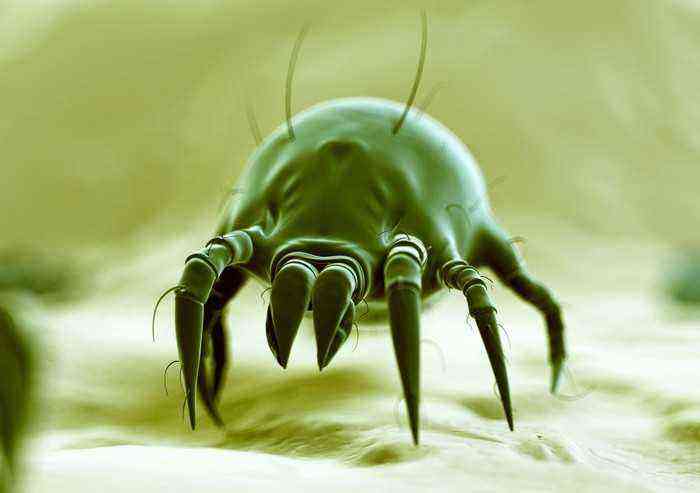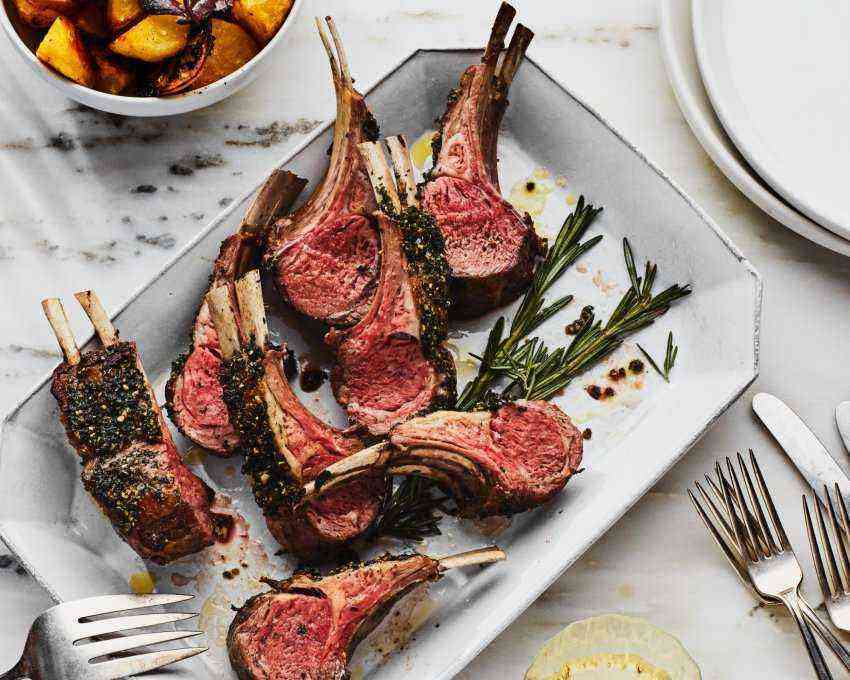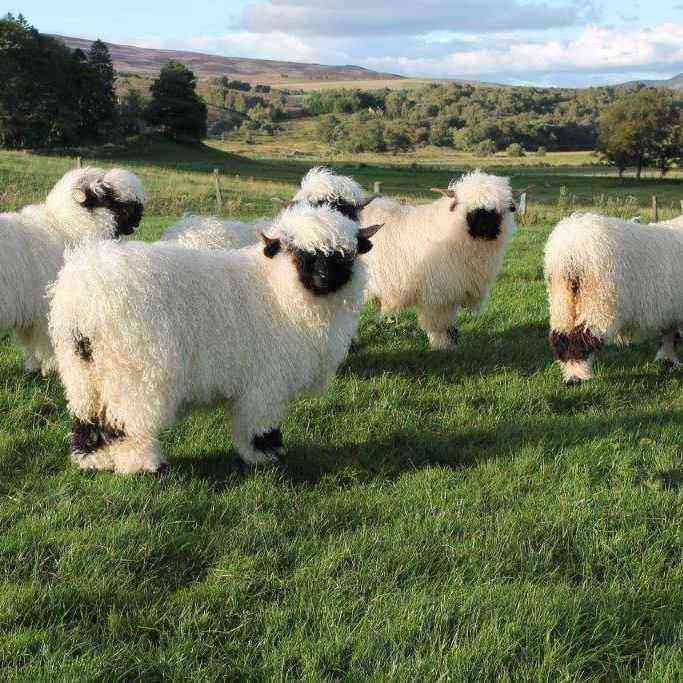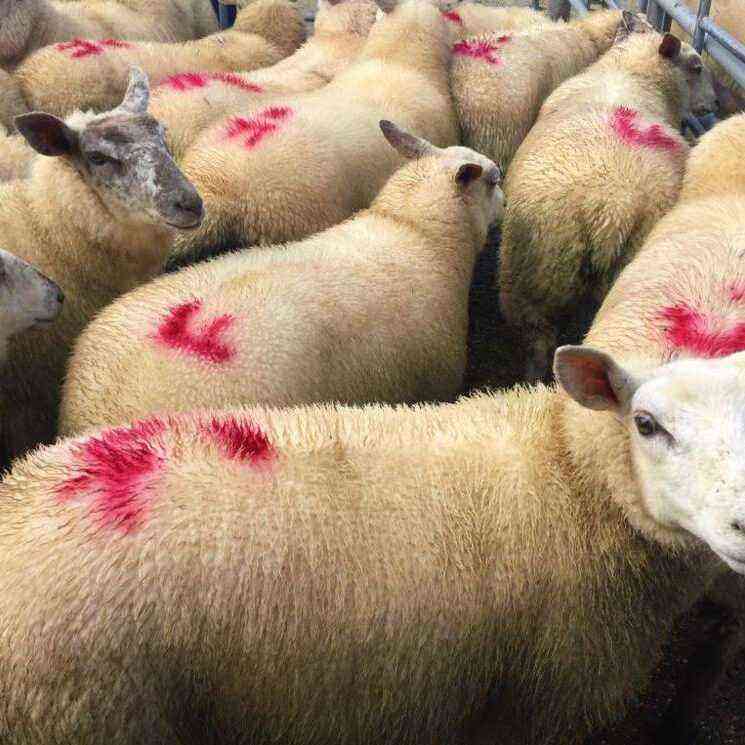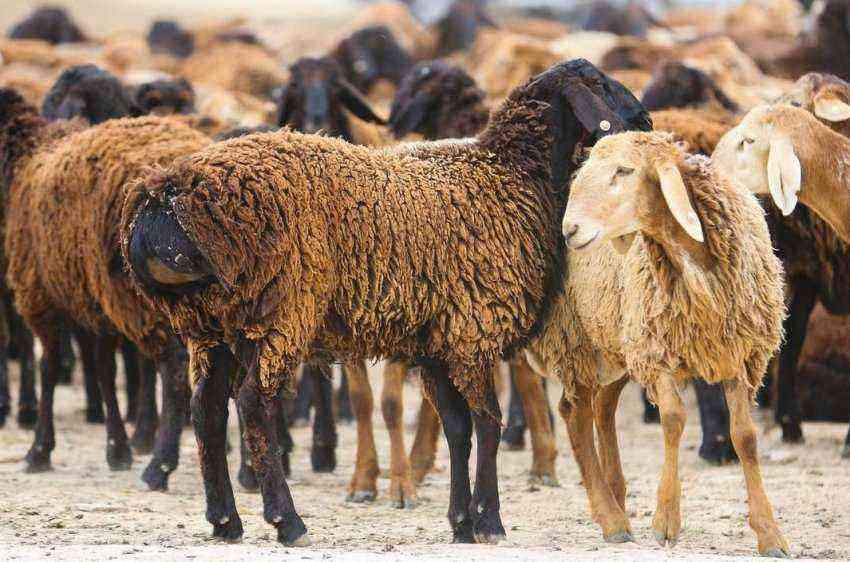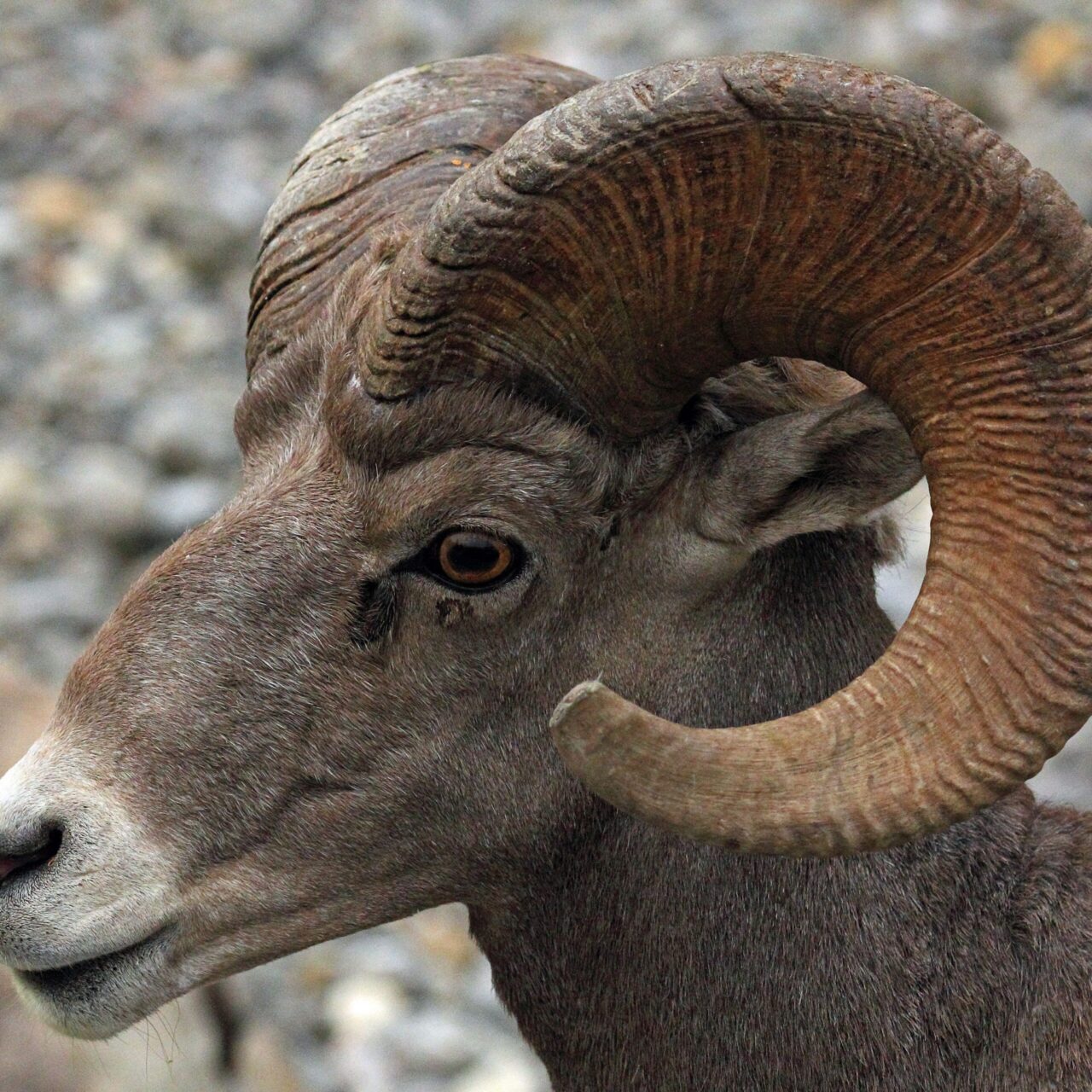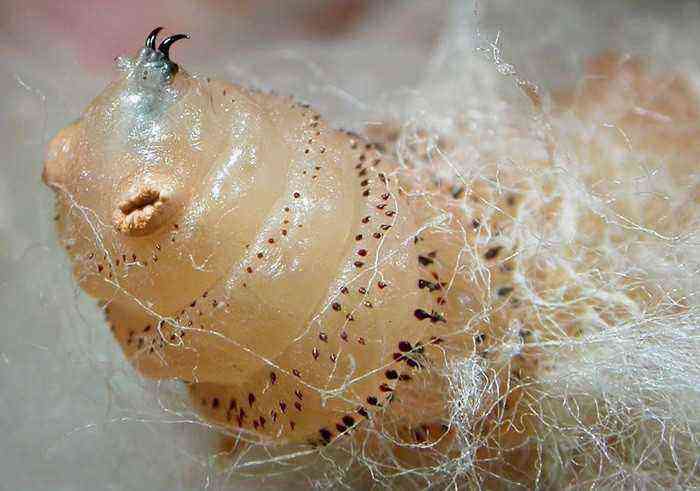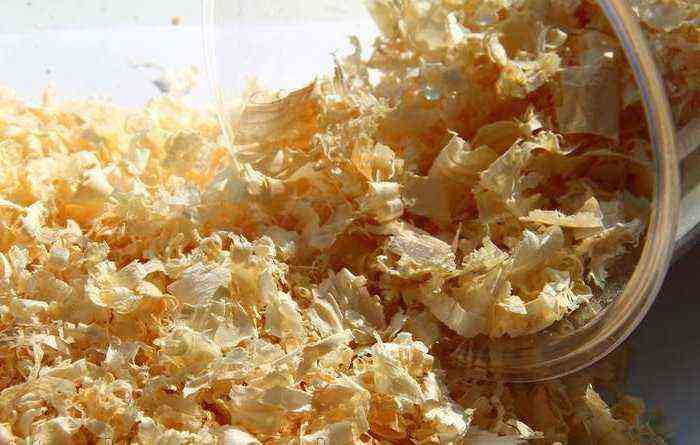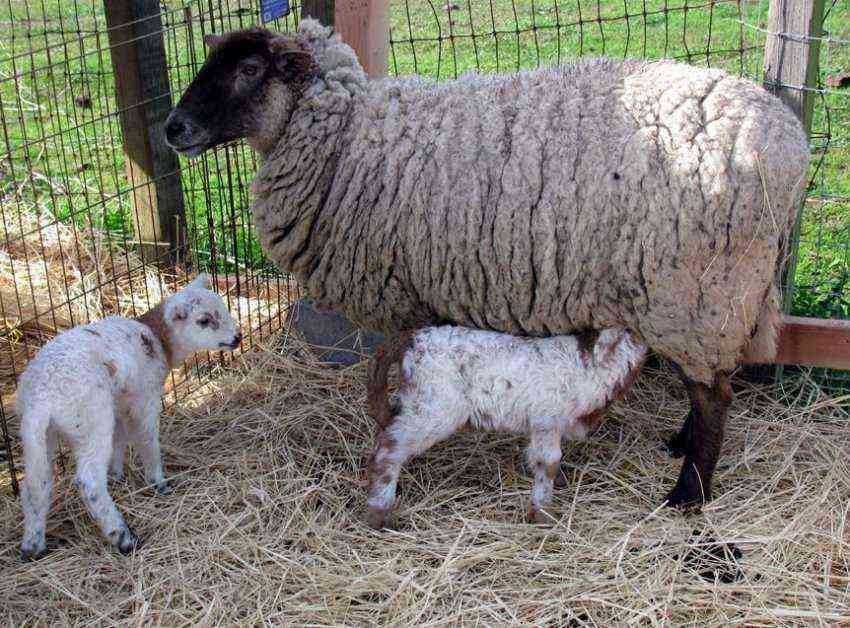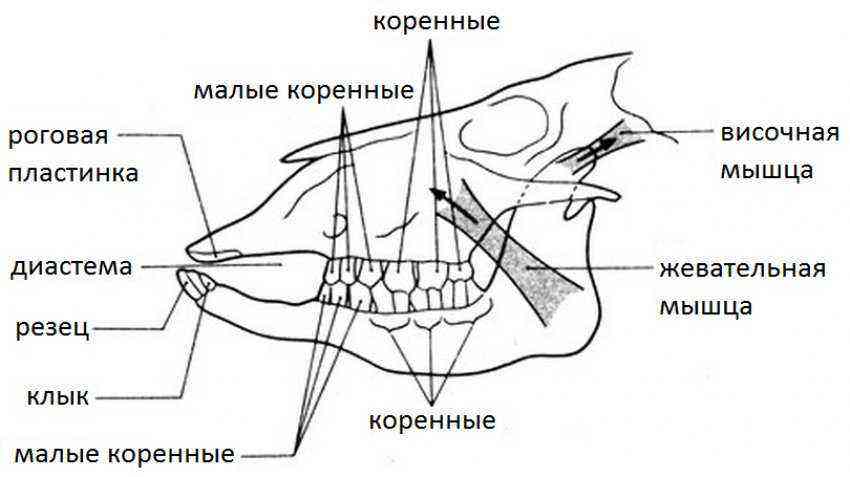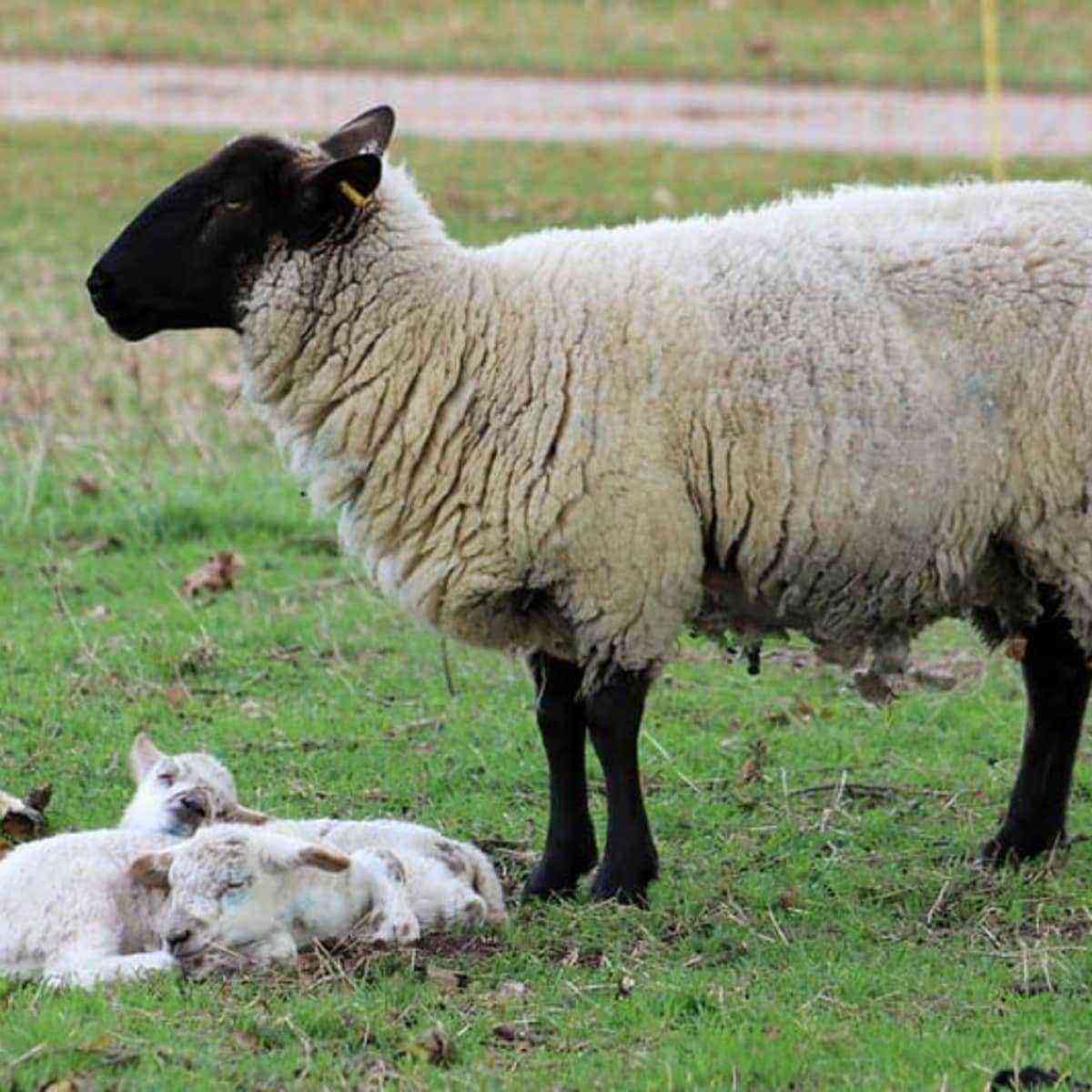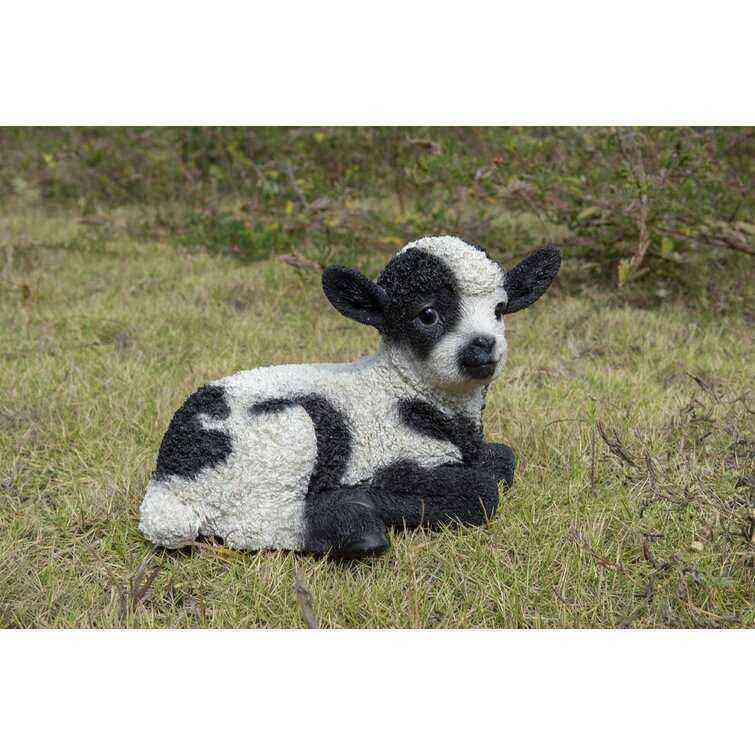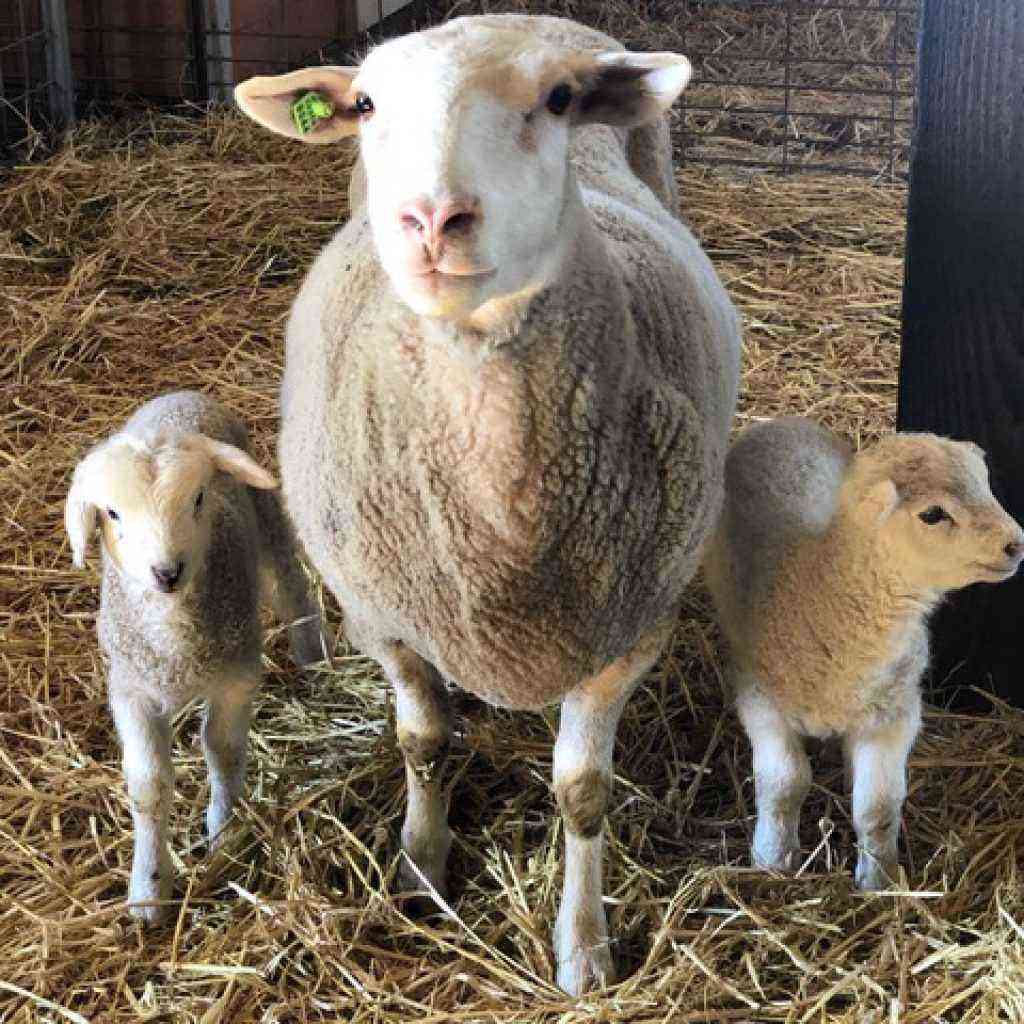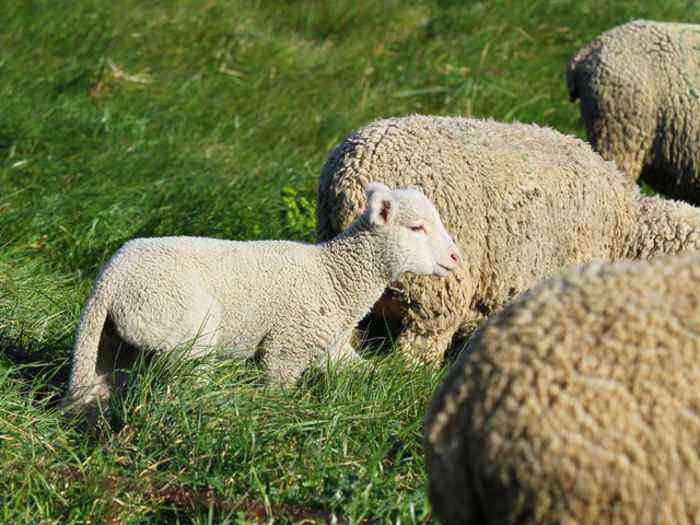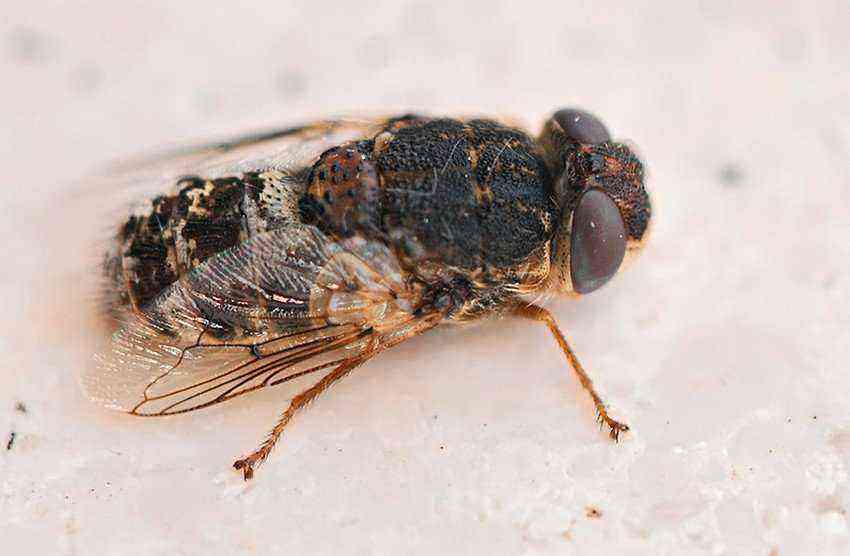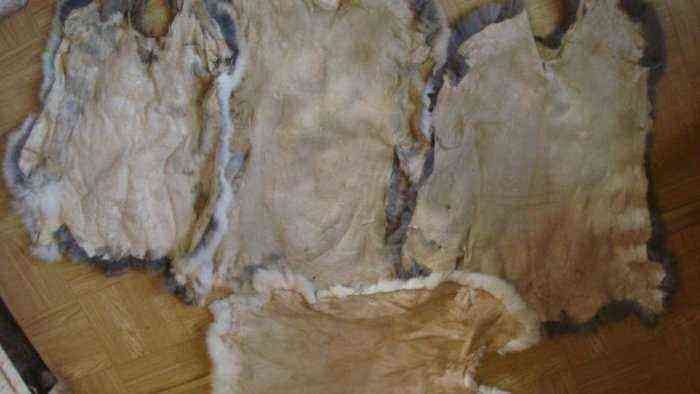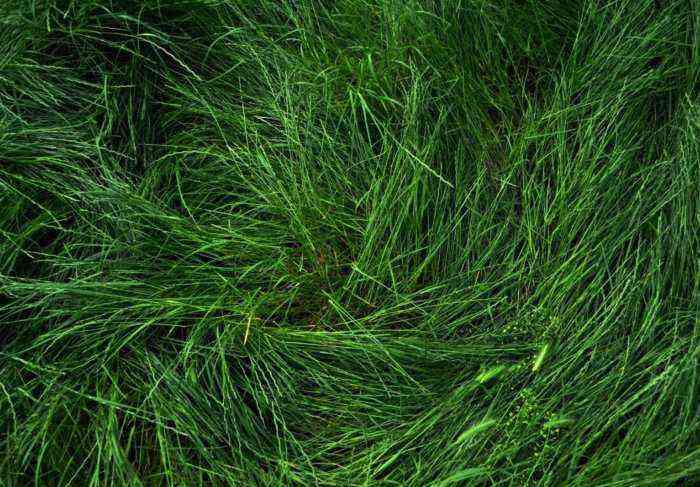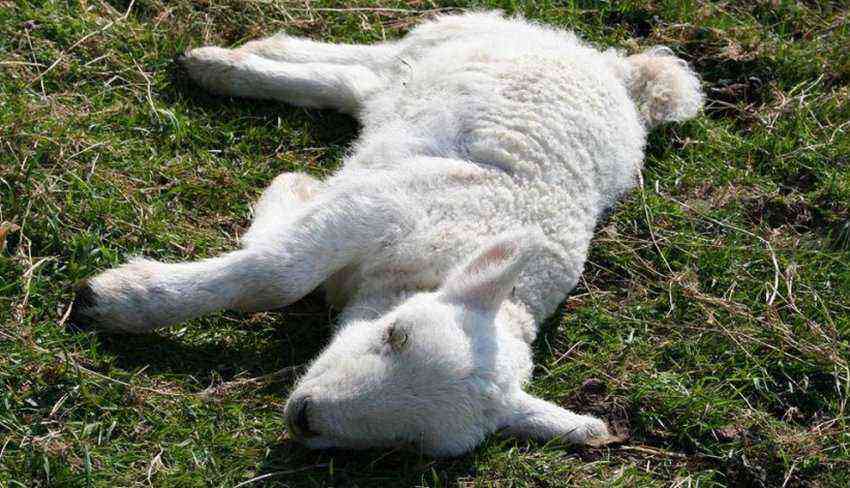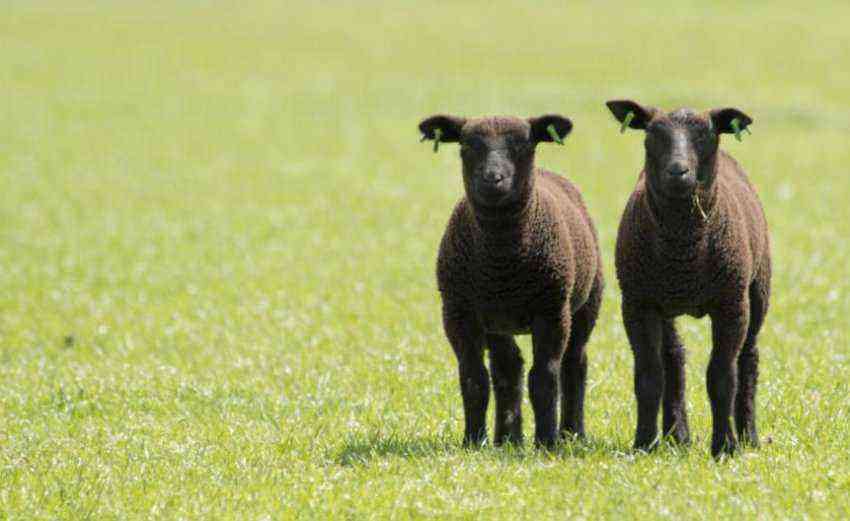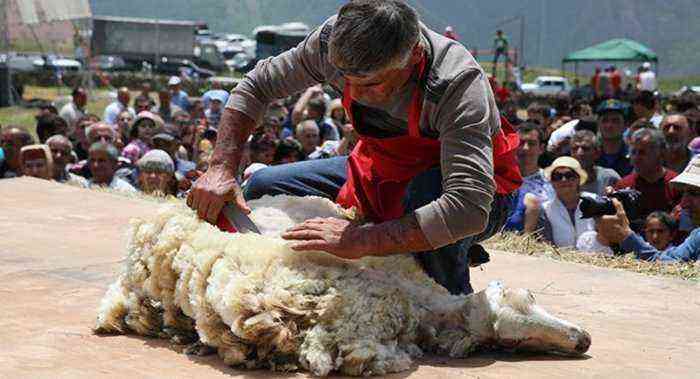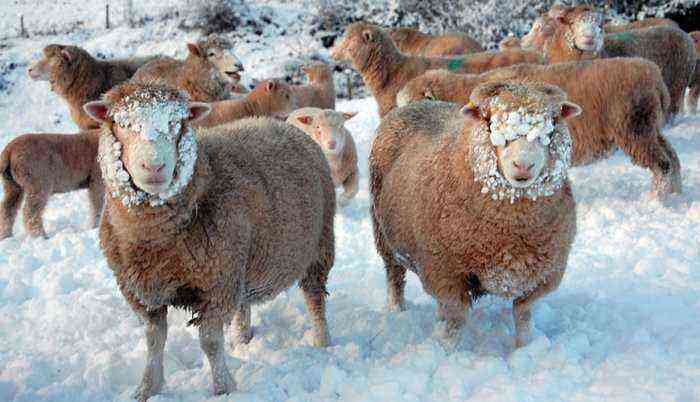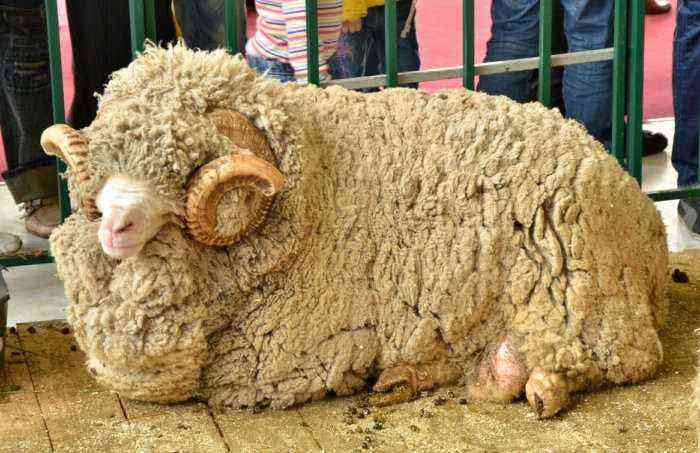Karakul breed of sheep is considered one of the most popular in the world. Such animals are bred to obtain meat, high-quality wool, and milk. But the most valuable are astrakhan astrakhan. The fur of newborn doodle lambs is distinguished by its unique appearance and softness, due to which it is widely used for making clothes and accessories. As a rule, karakul sheep are grown specifically for obtaining smushki.
Karakul breed of sheep
History
The history of the Karakul breed dates back several thousand years. At the same time, researchers have not been able to reliably determine its origins. But still, they put forward some conjectures in this regard.
Most scientists agree that the sheep of the Karakul breed were bred on the territory of modern Uzbekistan. Some researchers believe that Arabian skinny-tailed sheep, which were imported into the territory of Central Asia, were used for this. Among the new cattle, the best representatives were carefully selected and a new variety was gradually formed.
Others believe that in addition to Arabian animals, local fat-tailed breed lines were also used in breeding work. As a result, the characteristic appearance of the breed with a fat tail was formed.
The name also remains a mystery. One theory says that it was chosen in honor of the large lake Karakul, in the vicinity of which sheep were regularly grazed. Also, certain sources insist on the Assyrian origin of the name. They claim that it translates as “black goat.”
In any case, in the course of their development, such sheep acquired high resistance to various climatic conditions, endurance and rapid adaptation to the conditions of detention. As a result, the breed is successfully grown in Russia, Africa, Asia and America.
Description and characteristics
Karakul sheep are distinguished by their small size. The average height at the withers in such animals does not exceed 78 cm. The weight of rams is in the range of 70-75 kg. Uterus, as a rule, do not gain more than 50 kg. In the appearance of animals, the following characteristic features can be traced:
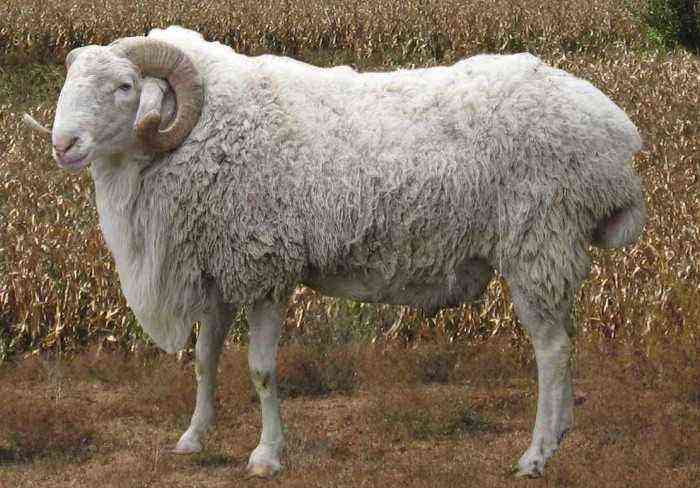
Description of Karakul sheep
- strong, pear-shaped body;
- predominantly straight back (rams sometimes show a hump);
- deep chest part, on which a sac-like protrusion is often formed;
- long slender limbs with strong hooves;
- Long neck;
- head with a hump on the nose;
- a fat tail that grows in an “S”-like curve.
Only rams of the Karakul breed have horns. They are well developed and curl down. The uterus is characterized by complete polledness.
Separately, it is worth noting the coat of such cattle. Wool in sheep reaches 20 cm in length. In adults, it is hard, in young animals, on the contrary, it suggests a soft texture. The color of the fleece in 60% of the livestock is black. In 25% of cases, a gray suit is found. About 5% of sheep are born completely white or pink.
But the most popular today are smushki with the color of sur. This coloring is found in 10% of Karakul sheep, but breeders are actively trying to increase this value. The suit of suras suggests its distribution into several subspecies:
- Karakalpak sur. The fleece of such animals is distinguished by dark colors at the base of the hairline and light (white or fiery) in the upper part.
- Bukhara Sur. In such instances, the base of the rune is also dark, and the top of the hair acquires a silver or gold color.
- Surkhandarya Sur. In this suit, brown is combined with light beige.
More specific color combinations suggest colors such as platinum, sand, lilac, diamond and others.
It is also worth noting that the coloring of doodles persists only until the age of 1,5 years. After that, pigmentation gradually decreases, and over time, the coat becomes completely white.
Productivity
According to the type of productivity, Karakul sheep are referred to the dairy-smushko direction. Therefore, the main reason for their breeding is to obtain high-quality skins from newborn lambs. For the output of such products, about 40% of all born young animals are used.
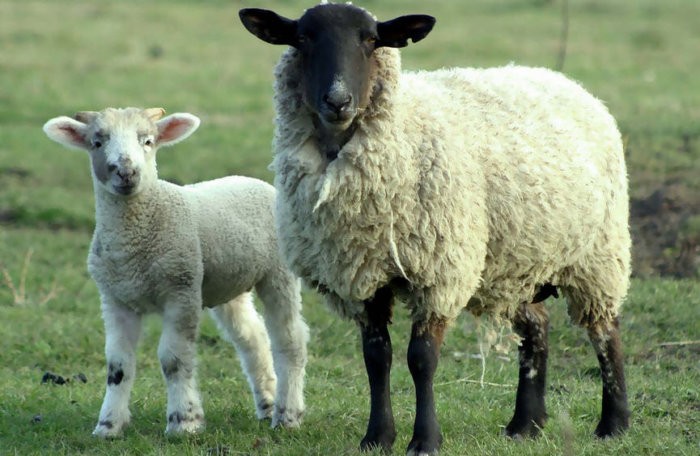
Karakul sheep with lamb
From adult representatives of the flock, it is possible to collect from 3 to 5 kg of wool per year. Shearing is carried out twice a year: in spring and autumn. The collected wool differs in rigidity. Therefore, it is mainly used for the production of felt and carpets.
Karakul sheep also show relatively high rates in terms of milk production. During the lactation period, one uterus, from which the young were taken away, gives an average of 30 liters of milk. The fat content of such a product is 7-8%. It is used for the production of cheese. Sheep of this breed are milked not only for milk production. This procedure is mandatory for queens who do not feed lambs. If it is neglected, the milk stagnates in the udder of the animal and the sheep develop diseases.
The meat of Karakul cattle is rather dry. Livestock is determined for slaughter at the age of 8 months. At the same time, the average slaughter yield for the breed is 50%.
Another characteristic feature of the productivity of doodles is their multiple pregnancy. The fertility of animals is from 130 to 140%. At the same time, one sheep in its life is capable of giving birth to up to 150 lambs.
Advantages and disadvantages
The high popularity of the breed line is based on a wide list of advantages that distinguish it. The main advantages of such animals include:
- lack of special requirements for conditions of detention and nutrition;
- fast acclimatization in new regions;
- resistance to high and low temperatures;
- versatility in terms of productivity;
- resistance to many diseases characteristic of small cattle;
- the high value of smushki obtained from lambs, which is further increased due to the variety of colors;
- quick adaptation of young animals to difficult conditions of detention and significant survival.
Also in the list of advantages of doodles is high fertility. In the case of crossing with other breed lines, all the advantages of the Karakul sheep are passed on to offspring.
But in addition to a weighty list of advantages of breeding such cattle, several disadvantages of the breed should also be highlighted. First of all, these include the small weight of animals and the average quality of meat products.
In addition, initially such living creatures were bred exclusively in the desert and semi-desert regions of Central Asia. This made its own adjustments to the process of breeding Karakul sheep. They thrive and grow quickly in arid climates, eating only dry pasture food. But when animals are kept in a humid climate, with abundant grass on pastures, they become smaller with each new generation. Therefore, breeding animals in such conditions should be avoided.
Types of karakul
Depending on the region and the traditional features of rearing Karakul sheep, lambs’ smushki may suggest an individual characteristic texture. This is facilitated by careful selection work aimed at achieving a specific type and quality of the raw materials obtained. As a result of the efforts of breeders from different countries, three main types of karakul were conditionally formed:

Variety of astrakhan
- Uzbek. This product is the most widely used in the world. The wool of such a material is twisted into small rollers, and the texture is heterogeneous. The base is thin.
- Afghan. Raw materials from Afghanistan already assume a higher cost. Afghan karakul is also called astragan. It is rougher than the Uzbek variety, but also more durable. Intense gloss and fine relief provide it with a unique appearance.
- African. This type of smushka is distinguished by high plasticity and strength. In addition, among other varieties, it is distinguished by an individual pattern consisting of dense small rolls of wool.
Reference. Among all the types of astrakhan listed above, the African, or Swakara, has the highest value on the market. Outerwear and hats are made from it. Moreover, the material produced in Namibia is especially highly valued.
Breeding Karakul sheep is a profitable business that involves a minimum of costs from the breeder. From the flock of such animals, you can get large volumes of wool, astray, milk, meat. Also, due to their high fertility, it is profitable to breed them for the sale of young animals to other farms. But before breeding, you should pay attention to the climatic conditions in which the content is planned. This will help compensate for individual shortcomings of the breed line and bring the livestock to the maximum level of productivity.
